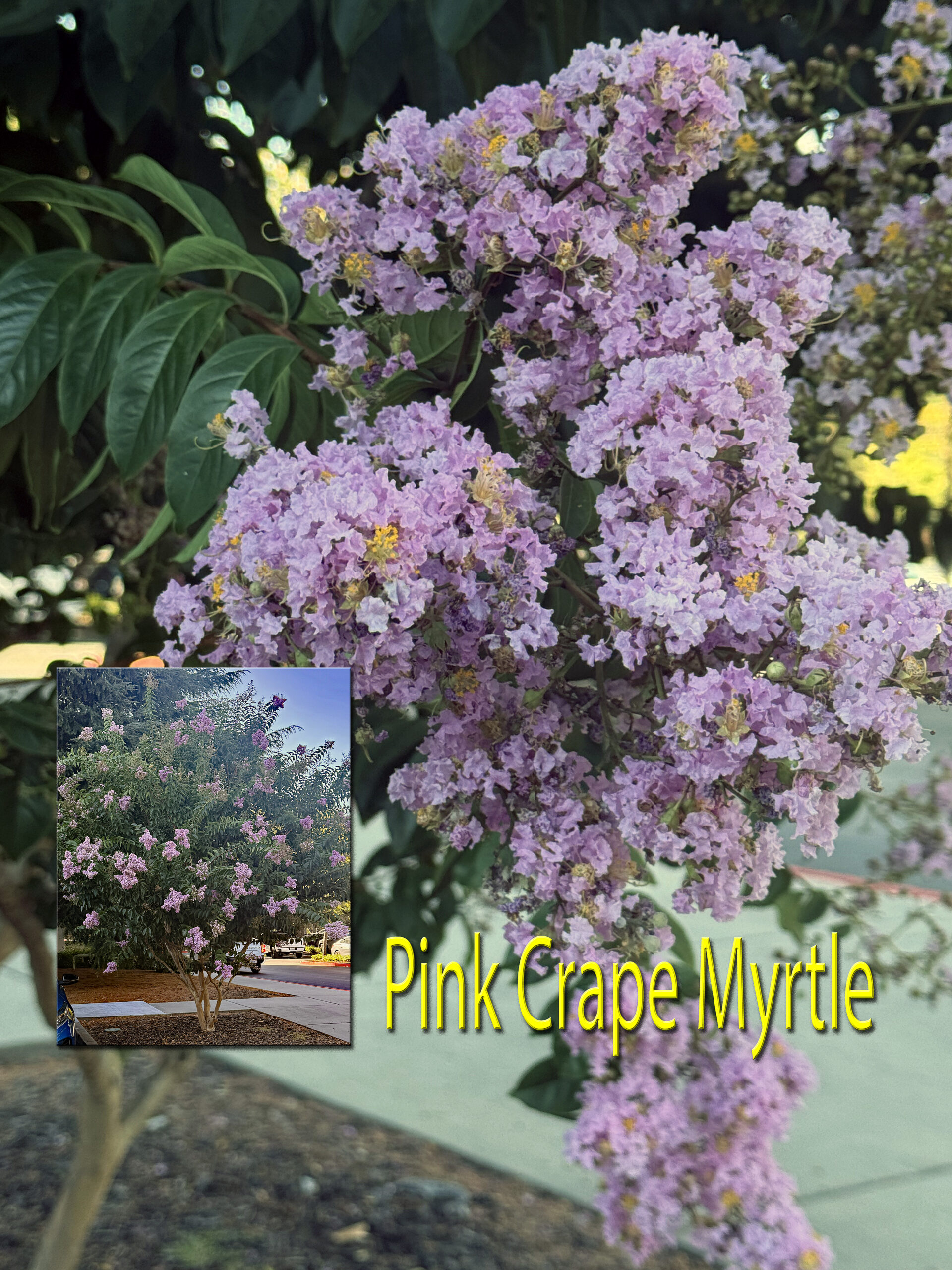
Question:
My three-year-old Crape Myrtle has stopped blooming. It's situated in a semi-sunny location and hasn't grown much. What can I do to help it perk up and bloom?Answer:
- Crape Myrtle is a popular summer-blooming shade tree that is drought-tolerant, reaching heights of 15 to 25 feet and spreading about 10 feet, depending on the variety.
- Today, numerous varieties are available, showcasing red, white, pink, and lavender flowers. However, Crape Myrtles only bloom at the ends of new growth. If the trees are not growing, they won't bloom.
- The primary reason for poor growth is that they are planted too deep in clay soil.
- The original root ball needs to be above ground level. Often, new plants are positioned too low in the planting hole, causing the watering basin to collapse and bury the plant.
- To resolve this issue, wait until the plant goes dormant, then dig it up and replant it. The top of the first root should sit about an inch above the final grade.
- In February or March, apply an organic shade tree fertilizer, followed by a second application in April or May. Use about 1/2 pound of fertilizer for each inch of trunk diameter, measured two feet above the ground.
- Spread the fertilizer around the tree's drip line, making sure not to pile it around the trunk. Also, mulch the exposed roots next June.
- By following these steps, your Crape Myrtle should be thriving and in bloom next year.
Question:
What is the proper way and timing for fertilizing flowering plants in containers? Additionally, would immersing a potted plant in a bucket of water until no more bubbles appear be an effective method for regularly watering these plants?Answer:
- To properly fertilize flowering plants in containers, it’s important to understand their unique needs.
- Container plants require more fertilizer than those planted in the ground because each time you water, minerals leach out through the drainage holes. This is particularly crucial for plants that have been in the same container for over 18 months, as the soil tends to become depleted, leaving mainly a root mass.
- There are various liquid and dry fertilizers available. Most fertilizers are water-soluble and provide immediate nutrients; however, they dissipate quickly and need to be reapplied frequently.
- I recommend using Osmocote, which is a time-release fertilizer that supplies nutrients gradually with each watering. It comes in several formulations, allowing for a single application that lasts the entire season.
- For annuals and other blooming plants, you can supplement Osmocote with 0-10-10, especially for Camellias, Rhododendrons, Azaleas, Gardenias, Roses, and Citrus from October through March.
- Unless your plants are in very shady areas, it is advisable to water container plants every other day from April to October.
- For plants that are under water stress, submerging the pot in a bucket of water until all the bubbles are gone is an effective method to ensure the root ball is thoroughly saturated.
- However, this should not be your primary method of watering as it can become very tedious.
